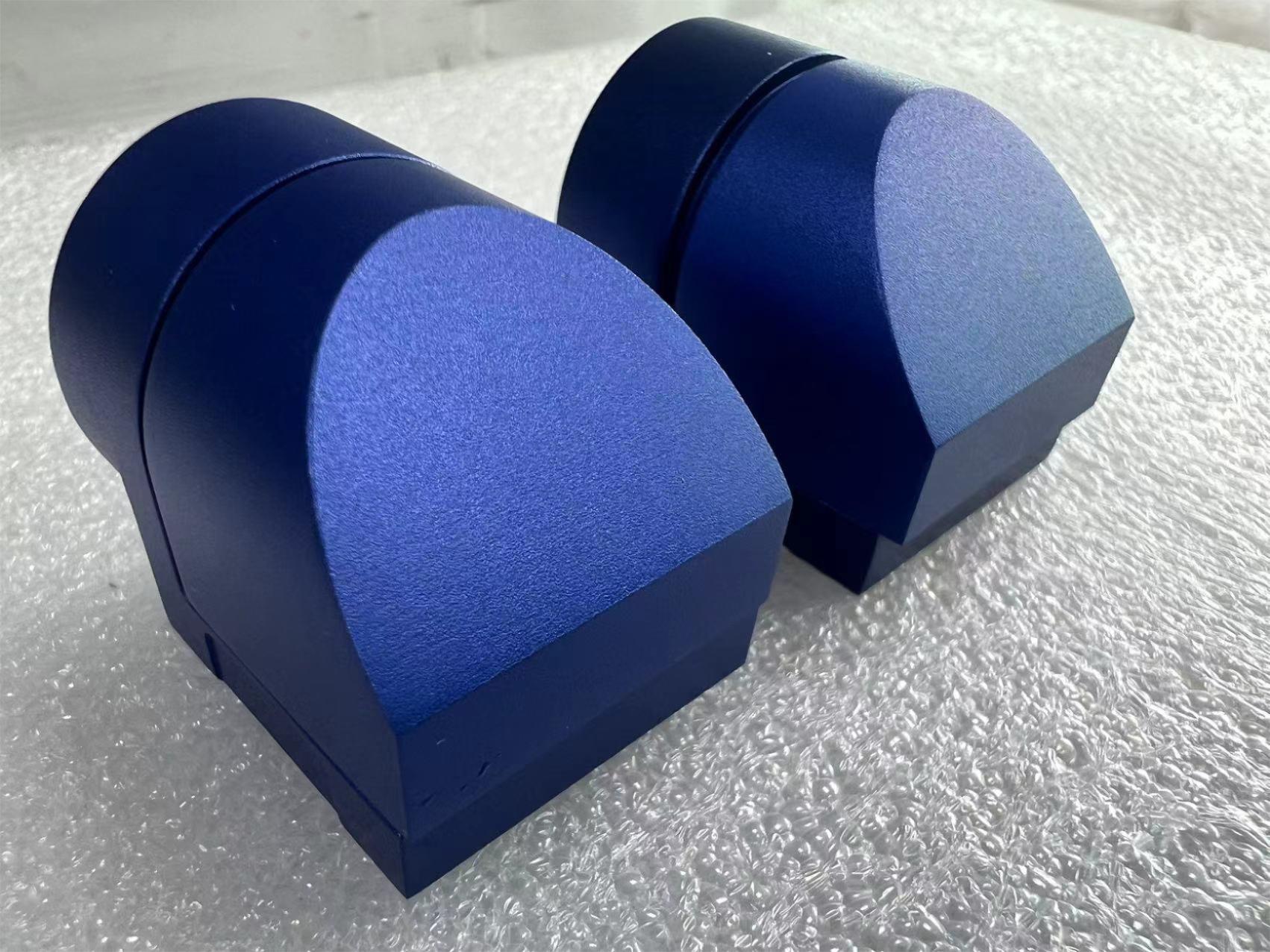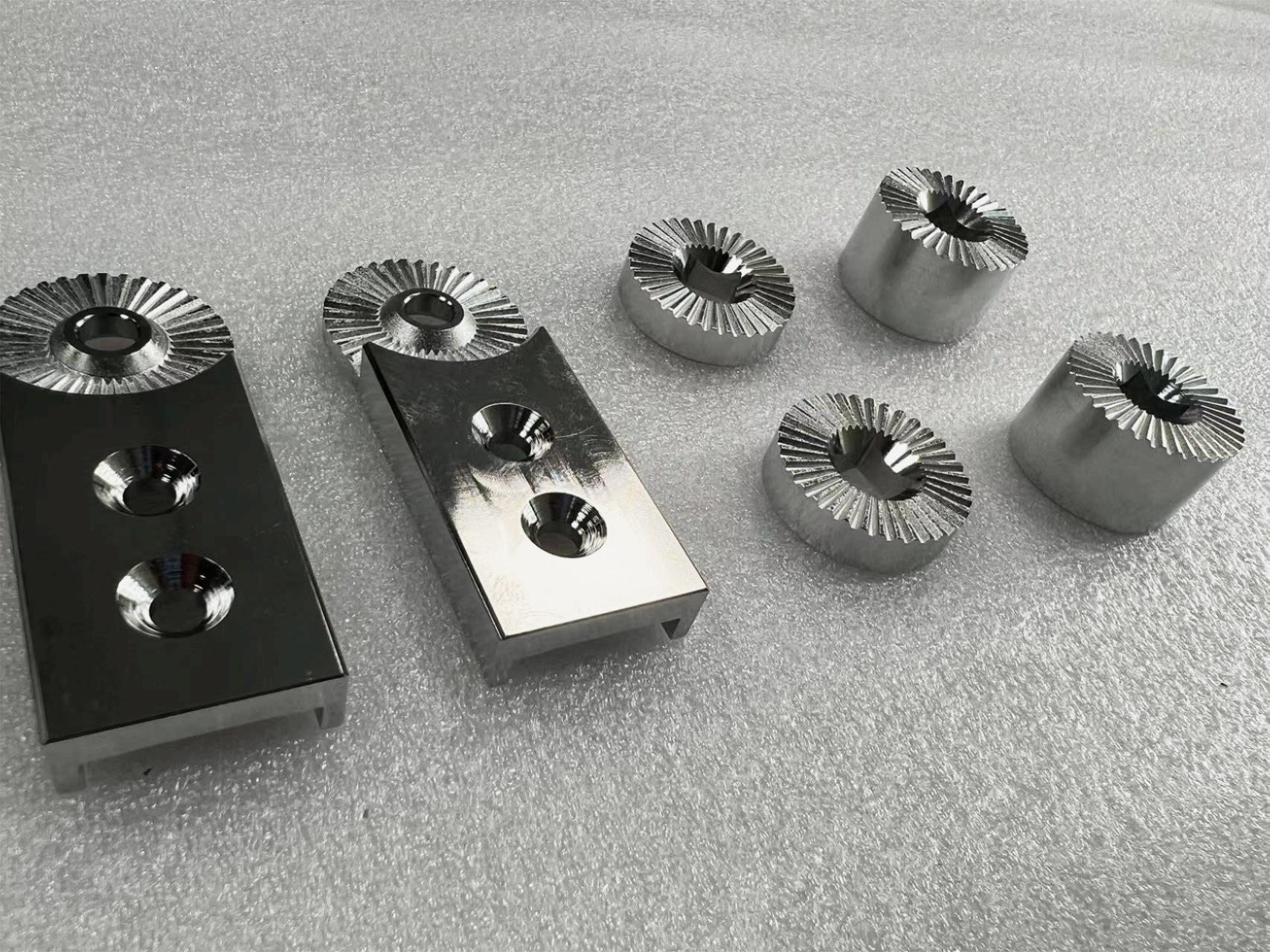Chrome Plating
Chrome plating is a surface treatment process that involves applying a layer of chrome-like finish onto a substrate, typically made of metal or plastic, to achieve a shiny and reflective appearance resembling chrome plating.
The process typically involves several steps:
Surface Preparation:
The substrate is cleaned and prepared to ensure proper adhesion of the chrome plating.
This may involve sanding, degreasing, and applying a primer or base coat.
Primer Application:
A primer or base coat is applied to the substrate to enhance adhesion and provide a smooth surface for the chrome plating.
ChromPlating Application:
The chrome plating is applied to the primed surface using various techniques such as spray painting, electrostatic deposition, or immersion coating.
The chrome plating contains metallic particles or pigments that create the appearance of chrome when applied and dried.
Curing or Drying:
The plating substrate is allowed to cure or dry thoroughly to ensure proper adhesion and durability of the chrome finish.
Topcoat or Clear Coat Application:
Optionally, a clear topcoat or clear coat may be applied over the chrome paint to enhance durability, UV resistance, and overall appearance.
Polishing and Buffing:
After the paint has dried, the surface may be polished and buffed to achieve a smooth and glossy finish, further enhancing the appearance of the chrome-like coating.
Chrome plating is commonly used in automotive customization, industrial applications, and consumer products where a chrome-like finish is desired without the cost and environmental concerns associated with traditional chrome plating processes.
Chrome plating has a bright metallic luster and is used for the surface treatment of steel parts in various motorcycle components, such as decorative bolts, fenders and wheel frames.
Chromium is deposited on the metal surface by means of an electrolytic principle, therefore the material needs to be electrically conductive.
If the material is not electrically conductive, a chemical method of chromium plating is required.
Although chrome plating attracts attention for its decorative advantages with a good gloss, its purpose is to prevent rusting in the same way as paint. Paint is metal and plating is metal, so the surface is hard and not easily scratched.











